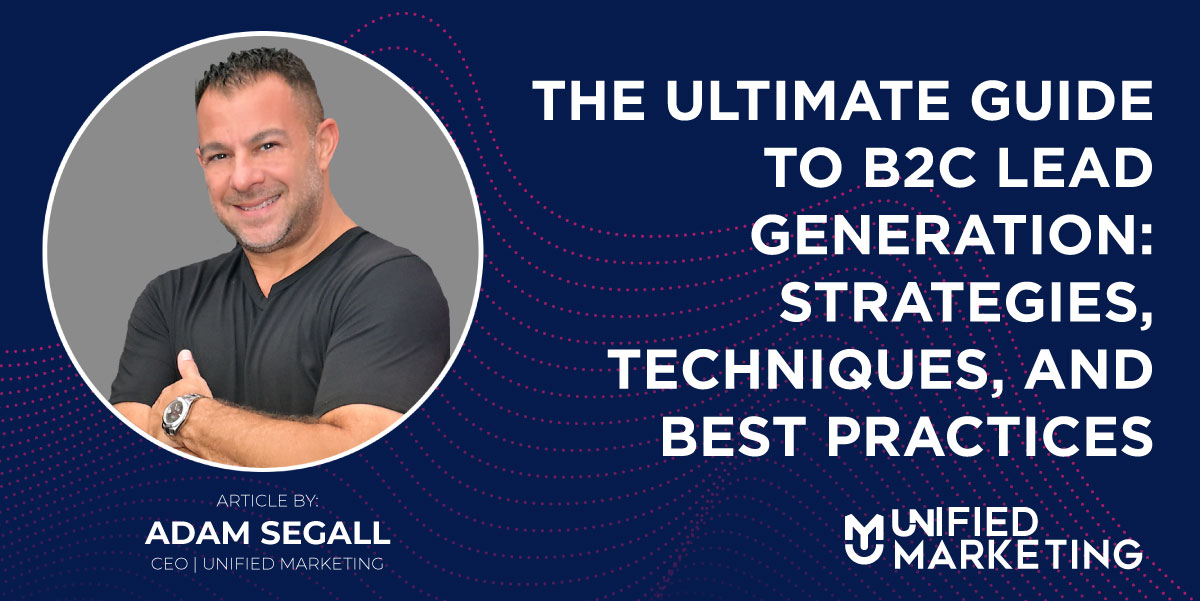
Marketing Agency vs. Hiring In-House: What You Need to Know
Adopting the right marketing strategy is essential to growing your business, increasing revenue, and reaching a broader audience. For many expanding companies, outsourcing marketing to an agency or consultancy offers the most practical solution. However, as companies evolve, they often face the decision of whether to bring marketing in-house. While some organizations have valid reasons for this shift, others may move without fully weighing the benefits and drawbacks.
Is your brand at a crossroads, deciding between building an in-house marketing team or outsourcing to a marketing agency? The decision shouldn’t be based solely on industry norms. Instead, evaluate what works best for your business by considering the pros and cons, as this choice will have lasting implications for your company’s future.
What Does an In-House Marketing Team Involve?
Hiring an in-house marketing team means bringing full-time marketers into your organization to handle marketing tasks. This often requires hiring specialists with different skills to fill various roles. However, with 72.8% of companies struggling to find qualified candidates, recruitment can be challenging, and training may be necessary to bring new hires up to speed.
Example: Picture “Blink Brands,” a mid-sized e-commerce business expanding its marketing efforts with an in-house team. After months of recruiting, Blink finds it challenging to secure skilled candidates. Once hired, new team members require extensive training to align with Blink’s brand and marketing objectives.
While an in-house team allows for direct oversight and alignment with company culture, it also requires a significant investment in salaries, benefits, and other costs associated with full-time employees. This can mean costs exceeding $84,000 per month for a comprehensive marketing department, including bonuses, healthcare, and other perks.
Example: Blink’s in-house marketing expenses surpass $100,000 monthly, significantly impacting the company’s budget.
The Hiring Process Recruiting for an in-house marketing team involves creating detailed job descriptions, advertising, screening candidates, interviewing, and sometimes engaging recruitment agencies—all of which demand time and financial resources.
Example: Blink’s HR department spends substantial time crafting job listings and collaborates with a recruitment agency, but it still takes three months to fill a key marketing position.
Advantages of an In-House Marketing Team An in-house team offers benefits such as:
- Control over marketing strategies and execution, allowing for tailored approaches that align with company goals.
- Familiarity with company culture, which facilitates compliance and smooth communication.
- Enhanced collaboration with other departments under the same roof, leading to better coordination.
Example: Blink’s in-house team efficiently collaborates with product development, quickly creating cohesive marketing campaigns for new products.
Challenges of an In-House Marketing Team However, in-house marketing also comes with downsides:
- Time-consuming recruitment and training processes.
- High overhead costs, including salaries, office space, and equipment.
- Management demands on current staff.
- Potential limitations in expertise compared to a full-service agency.
- Risks associated with employee turnover.
Example: When Blink’s digital marketing specialist leaves, it takes over a month to find a replacement, causing a temporary dip in campaign performance.
Outsourcing to a Marketing Agency Alternatively, outsourcing marketing to an agency offers a different approach. Agencies handle your marketing needs for a fee. They bring a team of experts with specialized skills and access to the latest tools and trends, making them well-equipped to execute effective strategies quickly.
Example: Blink partners with an agency, gaining access to experts in SEO, content creation, and PPC within a week, allowing for immediate improvements in their campaigns.
Benefits of Outsourcing to an Agency Outsourcing provides advantages such as:
- Access to expert marketers with diverse skills.
- Cost savings compared to full-time salaries and benefits.
- Up-to-date tools and techniques.
- Flexibility to scale marketing efforts as needed.
- Fresh perspectives and innovative strategies.
Example: Blink’s agency leverages relationships with major ad platforms, offering Blink premium support and early access to new features.
Drawbacks of Outsourcing Despite these benefits, outsourcing can have some disadvantages:
- Less control over marketing decisions.
- The possibility of feeling deprioritized compared to larger clients.
Example: Blink sometimes feels overlooked by their agency but resolves this through regular check-ins and setting clear expectations.
Deciding What’s Best for Your Business Both in-house marketing and outsourcing have strengths and weaknesses. Carefully evaluate your company’s objectives and resources to choose the most suitable approach, considering long-term effects rather than short-term gains.
Comparing Key Factors
- Tools and Techniques: Agencies generally stay ahead with the latest marketing tools, while in-house teams may struggle to keep up.
- Skillset: Agencies offer diverse expertise that’s hard to match with a small in-house team.
- Cost: In-house teams can be costly, while agencies may offer more predictable pricing.
- ROI: Agencies often deliver better ROI due to their experience and scalability.
- Partnerships: Agencies may have established relationships with marketing platforms, offering clients unique advantages.
Key Takeaways
- Building an in-house team requires significant recruitment, training, and ongoing management investment.
- An in-house team aligns with company culture but comes with high costs.
- Outsourcing offers access to expert marketers, up-to-date techniques, and cost-efficiency.
- Assess your organization’s needs and resources before making a decision.
Conclusion Effective marketing is crucial for business growth, whether through an in-house team or outsourcing. Weigh the pros and cons of each option to make the best choice for your business’s future success.